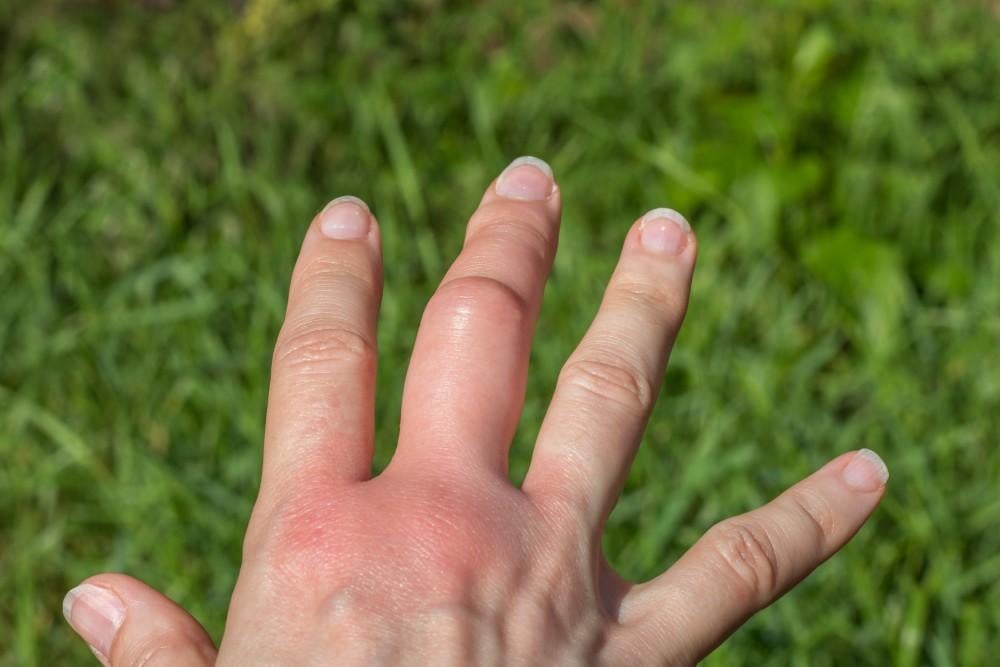The nervous system is a vast network that reaches every part of the body. It transmits crucial information in the form of sensory input back and forth from the nerves to your brain regarding what you touch, taste, see, hear, and smell. There are billions of cells that help with this complex task (called neurons) and come in four different forms that sense and relay input to various parts of this system.
Injuries to nerves can cause a range of different problems for your body, and sciatica is a common nerve condition that affects your lower back and extremities. There are many causes that can trigger this problem, and some that may surprise you.
If you live in the Houston or Spring, Texas, area and you’re struggling with back problems like sciatica, Drs. Billy Cheong, Kesia Broome, Elias Madrid, Tabotha Green, Francis Jopanda, and the skilled medical staff at Elite Spine and Health Center can help.
Defining sciatica
This condition affects your sciatic nerve, which is located at the base of your spine, unites five nerve roots in that area and is the single largest your body has. You have two of these nerves (one on each side of your body), and it connects your spinal cord to the muscles and skin in your legs and feet, so anything that compromises it will potentially affect any part of this area. Sciatica is the term for pain and inflammation of the sciatic nerve, and can refer that pain to any part of the vast nerve pathway.
This leads to dealing with mild to severe pain in your lower back, buttocks, hips, or legs and can extend all the way down to your feet and toes depending on the cause of the condition. It’s a very common problem, affecting about 40% of American adults and comes in two types: true sciatica which directly affects the nerve, and sciatica like conditions, where the issues are related to this nerve but not directly.
Causes and symptoms
Often, sciatica is a symptom of other problems in your lower back, but in most cases the condition is related to a slipped or herniated disk in your spine. Other problems that lead to sciatica include spinal stenosis, spondylolisthesis, spinal tumors, injury, and infection. The people most affected by this condition are people in their 30s and 40s, those who sit for long periods, and those who work jobs that require heavy lifting.
While pain is the common symptom of this condition, other signs are common, like numbness and tingling along the nerve pathway and the pins and needles sensation in your feet and toes.
Triggers you may not know about
Here are some things you may be doing to trigger sciatica you may not be aware of:
1. Wearing high heels
Wearing shoes that are either uncushioned or arched like high heels can affect this nerve. When you walk, the force exerted by the movement can work its way up the nerve transferring to the back and hips. High heels can also alter your center of gravity by shifting your weight forward, resulting in stretching your hamstrings and irritating the nerve.
2. Overstuffed back pockets
Stuffing your back pockets with wallets, phones, credit cards and other things for prolonged periods can apply pressure to the piriformis muscle, which your sciatica nerve runs under. This can be especially irritating to the nerve if you sit with these things in your back pocket on a regular basis.
3. Tight clothing
Tight jeans and underwear may look sexy, but the constriction in that area of the body can also lead to sciatic pain. You may have to dress more for comfort to relieve this pain.
Sciatica is generally not a serious condition, but it can be painful and lead to chronic problems you can do without. If you want to get these problems under control and find pain relief, make an appointment with Drs. Cheong, Broome, Madrid, Green, Jopanda, and the team at Elite Spine and Health Center today to get started.




